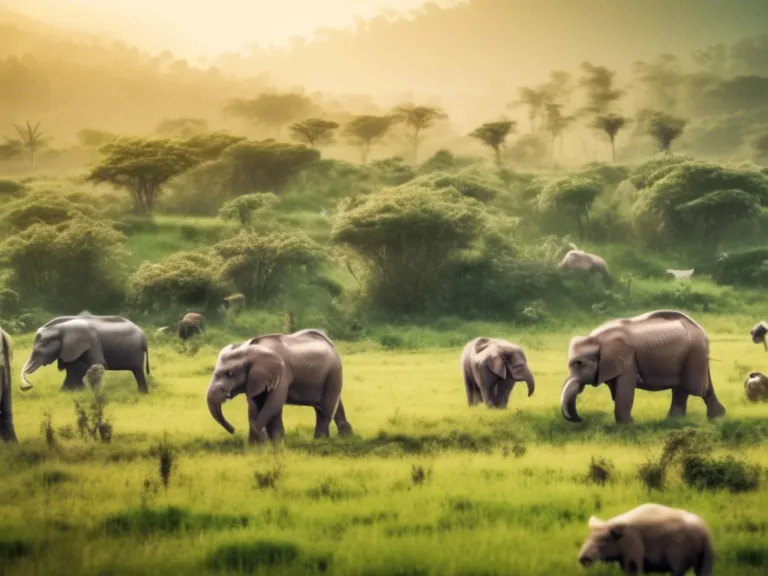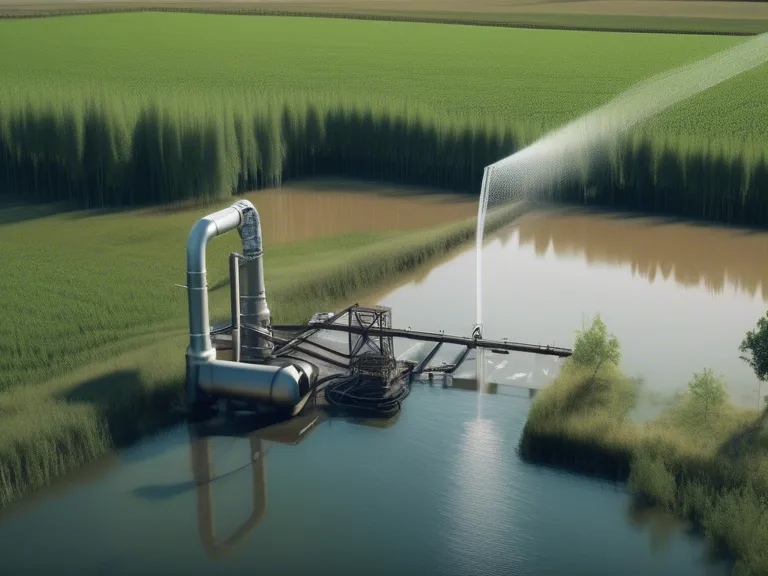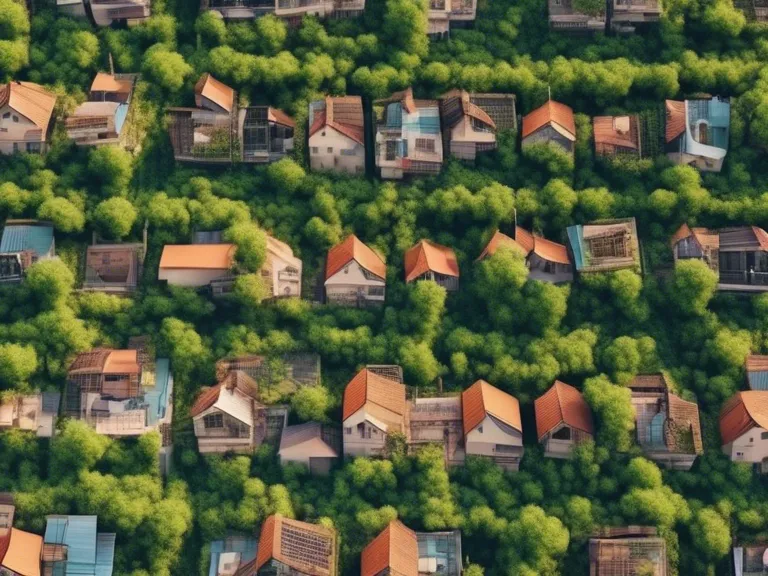
Artificial intelligence (AI) is being utilized all around the world for various purposes, one of which is conservation. In rural areas where biodiversity is abundant but resources are limited, AI can play a crucial role in protecting and preserving the environment. From monitoring endangered species to predicting deforestation, AI technology is revolutionizing conservation efforts in rural landscapes.
One of the most significant applications of AI in conservation is in monitoring wildlife populations. With the help of drones and camera traps, AI algorithms can quickly analyze and identify different species, helping researchers track and protect endangered animals. This technology allows conservationists to gather valuable data on biodiversity without the need for expensive and time-consuming field surveys.
AI can also be used to predict and prevent deforestation in rural areas. By analyzing satellite images and data, AI algorithms can detect patterns of deforestation and predict areas at high risk of illegal logging. This information can then be used to alert authorities and conservation groups to take action before irreversible damage is done to the ecosystem.
Another important aspect of AI in conservation is in combating poaching. AI-powered systems can analyze data from motion sensors and thermal cameras to detect and track illegal activity in protected areas. By alerting authorities in real-time, these systems can help prevent poachers from targeting endangered species.
In addition to these applications, AI can also be used to optimize conservation strategies and improve efficiency in rural areas. By analyzing vast amounts of data on species distribution, habitat loss, and climate change, AI can help conservationists make informed decisions on where to focus their efforts and resources.
Overall, AI technologies offer tremendous potential for protecting biodiversity in rural areas. By harnessing the power of AI for conservation, we can work towards creating a more sustainable future for our planet and its precious wildlife.



